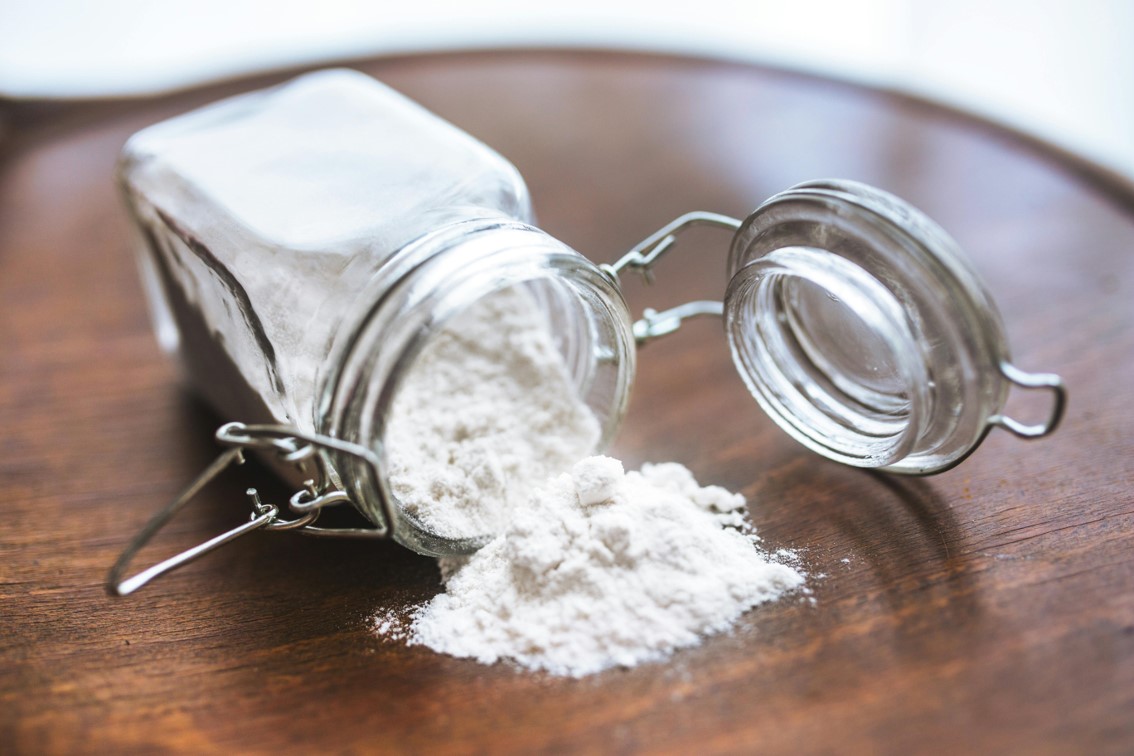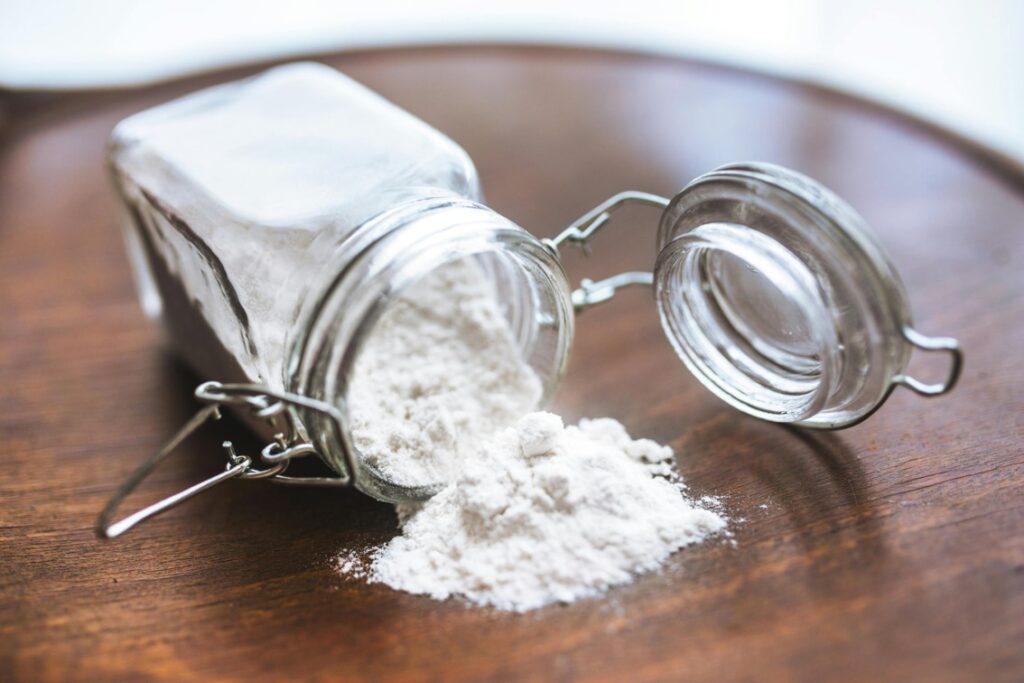Table of Contents
Introduction
Beyond sweetness, Maltodextrin as a preservative could outweigh the dangers of sugar. In today’s health-conscious society, sugar is often vilified for its numerous health risks, including obesity, diabetes, and heart disease. However, sugar also plays a critical role in food preservation and taste enhancement. Whereas maltodextrin, a complex carbohydrate derived from starch. Although it shares some similarities with sugar, it offers unique benefits as a preservative that could potentially outweigh the dangers of sugar. This article delves into the science behind maltodextrin, its applications in the food industry, and why it might be a better alternative to sugar?
What is Maltodextrin?
The Science Behind Maltodextrin
It is a polysaccharide, meaning it is made up of multiple sugar molecules bonded together. It is produced from starches such as corn, rice, potato, or wheat through a process called hydrolysis. This process breaks down the starch into smaller carbohydrate chains, resulting in a white, powdery substance that is easily digestible.
Nutritional Profile
Unlike simple sugars, which can cause rapid spikes in blood glucose levels, maltodextrin has a more moderate effect on blood sugar. It is often used in sports drinks and energy gels to provide a quick but sustained energy source. While it is not calorie-free, and has a lower glycemic index than pure glucose, making it a slightly healthier alternative for maintaining blood sugar levels.
Food Preservation
Extending Shelf Life
One of the primary benefits of maltodextrin is its ability to extend the shelf life of food products. It acts as a stabilizer and thickening agent, preventing the separation of ingredients and maintaining the texture and consistency of food over time. This makes it an ideal ingredient for packaged foods, where long shelf life is essential.
Moisture Control
Maltodextrin is hygroscopic, meaning it absorbs moisture from the air. This property helps in maintaining the moisture balance in food products, preventing them from drying out or becoming too soggy. By controlling moisture levels, it helps to preserve the freshness and quality of food for longer periods.
Comparative Analysis
Health Implications
While both maltodextrin and sugar are carbohydrates, their impacts on health differ significantly. Excessive sugar consumption is linked to a range of health issues, including obesity, type 2 diabetes, and cardiovascular disease. Sugar provides empty calories with no nutritional benefits and can lead to addiction-like cravings.
Maltodextrin, on the other hand, is less likely to cause these issues when consumed in moderation. It provides a steady source of energy without causing the same rapid spikes and crashes in blood sugar levels. However, it’s important to note that maltodextrin is still a carbohydrate and should be consumed in moderation, especially for individuals with diabetes.
Functional Benefits in Food Production
From a functional standpoint, maltodextrin offers several advantages over sugar. It is less sweet, making it more versatile in savory applications. It also has better solubility and stability, which can enhance the texture and mouthfeel of food products. These properties make it a valuable tool for food manufacturers looking to reduce sugar content without compromising on quality.
Applications in the Food Industry
Beverages
Maltodextrin is widely used in the beverage industry to improve the mouthfeel and stability of drinks. In sports drinks, it provides a quick source of energy without the overly sweet taste of sugar. It is also used in powdered drink mixes to prevent clumping and ensure smooth dissolution in water.
Dairy Products
In dairy products such as yogurt and ice cream, maltodextrin helps to create a creamy texture and improve the overall stability of the product. It can also be used to replace fat without affecting the taste and consistency, making it a popular choice for low-fat and reduced-calorie products.
Baked Goods
Maltodextrin is a common ingredient in baked goods, where it serves as a bulking agent and improves the texture of the final product. It helps to retain moisture, preventing baked goods from becoming dry and crumbly. Additionally, maltodextrin can enhance the shelf life of baked products by reducing the risk of spoilage.
Sauces and Dressings
In sauces and dressings, maltodextrin acts as a thickening agent, providing the desired consistency without altering the flavor. It also helps to stabilize emulsions, preventing the separation of oil and water-based ingredients. This ensures that sauces and dressings remain smooth and homogeneous over time.
The Safety and Regulatory Status
FDA and Global Regulations
Maltodextrin is generally recognized as safe (GRAS) by the U.S. Food and Drug Administration (FDA) and similar regulatory bodies worldwide. It has been extensively studied for its safety and efficacy in food applications. However, as with any food additive, it is important to consume it in moderation as part of a balanced diet.
Potential Side Effects
While maltodextrin is safe for most people, excessive consumption can lead to digestive issues such as bloating, gas, and diarrhea. Individuals with celiac disease or gluten sensitivity should ensure that the its consumption is derived from gluten-free sources such as corn or rice.
Conclusion
Maltodextrin indeed offers a promising alternative to sugar in the food industry, providing numerous functional benefits without the same health risks associated with excessive sugar consumption. As a preservative, it can extend the shelf life of food products, control moisture levels, and improve texture and stability. While it is not a perfect solution and should be consumed in moderation, it’s potential advantages make it a valuable tool for food manufacturers and health-conscious consumers alike.
By understanding the science behind maltodextrin and its applications, we can make more informed choices about the foods we consume and the ingredients they contain. As the food industry continues to innovate and seek healthier alternatives, it’s role as a preservative and functional ingredient is likely to grow, offering new possibilities for creating delicious and nutritious food products.
References
1.https://www.sciencedirect.com/topics/agricultural-and-biological-sciences/maltodextrin
2.https://www.ncbi.nlm.nih.gov/pmc/articles/PMC4940893/
3.https://www.ncbi.nlm.nih.gov/pmc/articles/PMC7764001/
4.https://www.nature.com/articles/s41598-018-27796-1
5.https://www.ncbi.nlm.nih.gov/pmc/articles/PMC10137890/
6.https://www.nature.com/articles/s41598-023-47357-5
7.https://www.nature.com/articles/s41598-024-54978-x


